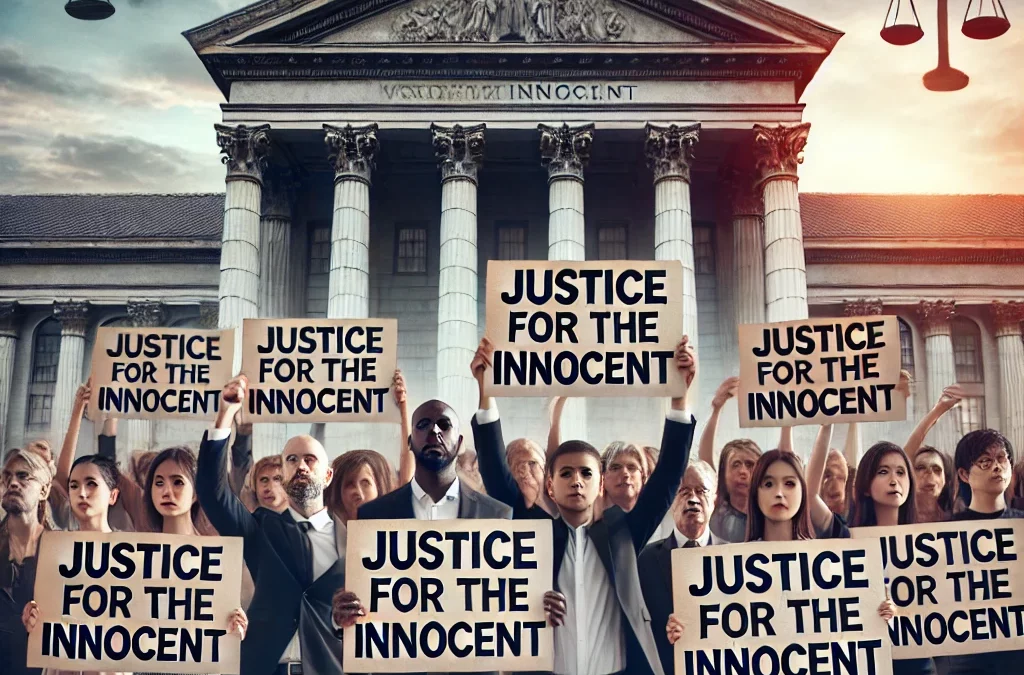Famous Exonerations
Wrongful convictions have plagued the criminal justice system for decades, leading to innocent individuals being imprisoned for crimes they did not commit. In recent years, high-profile exonerations have shed light on the flaws within the system and have sparked conversations about the need for reform. This blog post will explore key takeaways from famous wrongful conviction cases and highlight what we can learn from these exonerations.
Background
Wrongful convictions occur when individuals are found guilty of crimes they did not commit, often due to errors in the investigation, false testimony, or misconduct by law enforcement. These cases not only rob innocent individuals of their freedom but also erode public trust in the justice system. The Innocence Project, a nonprofit organization dedicated to exonerating wrongfully convicted individuals, has played a crucial role in overturning convictions and bringing attention to these cases.
Key Issues
One key takeaway from famous exonerations is the importance of DNA evidence in proving innocence. In cases such as the exoneration of Kirk Bloodsworth, DNA evidence has been crucial in exonerating individuals who were wrongfully convicted. Additionally, the role of eyewitness testimony and the impact of prosecutorial misconduct have also been highlighted in these cases. These high-profile exonerations have demonstrated the need for reforms in the justice system to prevent further wrongful convictions.
Case Studies / Examples
The case of Anthony Ray Hinton, who spent 30 years behind bars for a crime he did not commit, serves as a powerful example of the impact of wrongful convictions. Through the work of the Innocence Project, Hinton was able to prove his innocence and reclaim his freedom. This case highlights the importance of continued advocacy for wrongfully convicted individuals and the necessity of pursuing justice in these cases.
Another significant case is that of the Central Park Five, where five teenagers were wrongfully convicted of a brutal assault in 1989. Their convictions were based on coerced confessions and flawed investigations. In 2002, DNA evidence and a confession from the actual perpetrator led to their exoneration, showcasing the critical role of accurate forensic science and fair investigative practices.
Expert Insights
According to Professor Samuel Gross, a leading scholar in criminal justice reform, “The prevalence of wrongful convictions in our justice system is a stark reminder of the need for comprehensive reforms. We must address the systemic issues that contribute to these injustices and work towards a more equitable and just system for all individuals.”
Conclusion
In conclusion, high-profile cases of exoneration serve as a poignant reminder of the flaws within the criminal justice system and the need for reform. By learning from these cases and advocating for change, we can work towards a more just and fair system for all individuals.
Call to Action
I encourage readers to support organizations like the Innocence Project, which work tirelessly to exonerate wrongfully convicted individuals and advocate for justice reform. By raising awareness, supporting legislative changes, and demanding accountability, we can help prevent future wrongful convictions.
Additional Resources
References
- The Innocence Project: Anthony Ray Hinton
- Biography: The Central Park Five
- University of Michigan Law School: Samuel Gross
Hashtags: #WrongfulConvictions #JusticeReform #FamousExonerations #CriminalJustice #InnocenceProject

